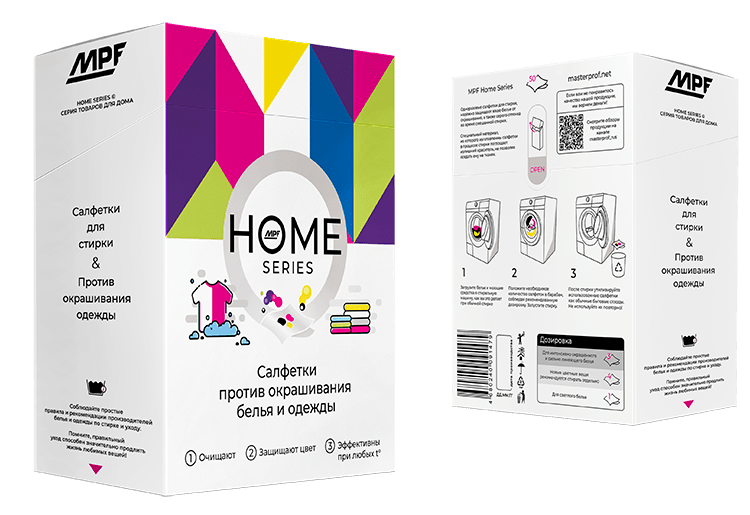Plumbing cord is a modern and convenient alternative to other sealing materials for threaded joints, such as plumber's flax or teflon tape. Sealing cord is a stretched polymer-based material that is impregnated with substances with sealing properties.
Previously, we have already reviewed all types of thread sealants, so, in this article we will take a closer look at how to choose a plumbing cord and how to properly use it under different conditions.
Contents
- 1. Why use plumbing cord
- 2. Plumbing thread applications
- 3. Plumbing cord specification
- 4. How to wind the plumbing cord correctly
- 5. Cord consumption table
- 6. Video on how to wind plumbing cord from the Do It Like Daddy YouTube Channel
Why use plumbing cord
Visiting a plumbing or hardware store you can notice a wide range of different thread sealants. So why use cord when there are already time-tested teflon tapes, flax, and other products on the shelves? The answer becomes clear after the first use – it's very easy to apply the cord.
Most thread sealants are difficult to use for someone without certain skills and experience in plumbing works. Also, there are high risks, because if you wind the flax in the wrong way, then the necessary sealing will not be created, and the joint will leak.
Plumbing cord allows you to seal threaded joints in case of an emergency repair, as well as in cases of routine maintenance. Working with this product is very easy, and it won't take long to get results. For example, the winding procedure can take approximately 2 minutes, compared to flax or teflon tape, which will take at least 5-6 minutes.

Field of application of plumbing cord
Plumbing cord is a versatile material that is suitable for both standard installation of a utility system, as well as in the case of emergency repair of leaks. The product is widely applied in the following areas:
- Hot and cold water supply;
- Drinking water systems;
- Gas supply;
- Heating systems and more.
As a rule, the cord is used in domestic repairs, such as installation or repair of fittings, taps, faucets and various water distribution systems.
Plumbing cord specification
There are currently two types of cord on the market, which differ from each other in composition and technical characteristics. They are based on polyamide and fluoroplastic. We will look at each of them separately in the following sections.
Polyamide plumbing cord
- Operation at temperatures up to 130 °C is allowed;
- Aggressive environment resistance;
- Suitable for water supply systems with pressure up to 16 atm;
- It is allowed to use this type of cord in gas systems with pressure of up to 8 atm.
Fluoroplastic plumbing cord
- Operation at temperatures up to 200 °c is allowed;
- The composition of the product is similar to teflon tape;
- Working pressure up to 30 atm;
- Resistance to corrosive media is higher than one of polyamide cord.
Cord benefits
- Working with it does not require special skills and experience;
- High speed of wrapping and instant results;
- Possible to wind it on wet or dirty threads;
- Resistant to corrosive environments and moisture;
- Universal application;
- Resistant to high temperatures, as well as to temperature drops;
- Immunity to vibrations;
- Hands and surfaces do not get dirty;
- Possible to adjust the connection up to 180 degrees after winding.
Plumbing cord disadvantages
- The cost is higher than of other joint sealants;
- Not recommended for use in contact with chlorine, gasoline or diesel fuel;
- When you wrap a large diameter, the consumption gets fairly high (140 cm of the material per 1 inch).
How to wind the plumbing cord correctly
You can wind the plumbing cord on the thread by different methods, which do not contradict each other and you can choose any of them. Let's look at each of the winding methods individually:
1. Cross-over. The most common method, which is great for both metal and plastic joints.
Sequence of steps:
- Wrap the end of the cord closer to the edge of the fitting in the groove along the thread direction;
- Start winding the cord crosswise along the direction of the thread;
- Study the cord consumption table on the back of the package and make the required number of turns;
- Make sure that the winding is tight and does not slide;
- Twist the joint, making sure that the cord is not squeezed out.

2. Popular or traditional. This method is great for use on thin, worn or dirty threads. The idea is quite simple, you need to wind the cord in each separate turn, with a little more cord density in the middle than at the edges of the joint.
Cord consumption table
|
Diameter, inches |
Number of turns for metal pipe |
Number of turns for plastic pipe |
Cord consumption for metal pipe, cm |
|
½” |
9-10 |
12-16 |
58-65 |
|
¾” |
10-12 |
14-18 |
80-96 |
|
1” |
12-14 |
16-24 |
125-145 |
|
1 ¼” |
14-16 |
22-30 |
185-210 |
|
1 ½” |
16-18 |
30-40 |
250-280 |

